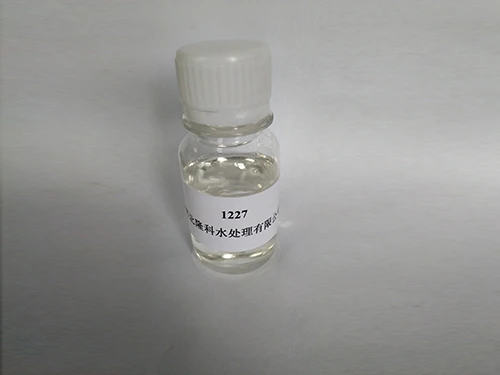hedp phosphonate
The Versatile Applications of HEDP Phosphonate
Introduction
Hydroxyethylidene diphosphonic acid (HEDP) is a widely studied phosphonate compound, notable for its chelating properties and effectiveness as a scale inhibitor and corrosion inhibitor in various industrial applications. Its unique structure contributes to its stability and functionality, making it an essential component in sectors such as water treatment, oil and gas, and even in the formulation of detergents and cleaning products. This article delves into the key characteristics of HEDP, its applications, and its significance in modern industries.
Chemical Structure and Properties
HEDP is characterized by its diphosphonic acid functional groups, which provide a strong affinity for metal ions. Its chemical formula is C2H8O7P2, and it is typically presented in its sodium salt form for enhanced solubility. The unique hydroxyethyl group within HEDP allows it to chelate divalent metal ions such as calcium, magnesium, and iron, preventing them from precipitating in water systems. This property is fundamental to its use in scale management, particularly in industrial settings where mineral buildup can lead to significant operational inefficiencies.
Applications in Water Treatment
One of the primary applications of HEDP is in the field of water treatment. It acts as a scale inhibitor to prevent the formation of hard deposits in cooling water systems, boilers, and evaporators. The presence of HEDP helps to maintain the efficiency of heat exchangers by ensuring that they operate at optimal thermal conductivity without the interference of scale formation. Moreover, its ability to chelate metal ions contributes to the overall stability of water formulations, allowing for prolonged use and reduced maintenance costs.
Corrosion Inhibition
Apart from scale inhibition, HEDP plays a crucial role as a corrosion inhibitor. In industrial processes, metal surfaces are often exposed to corrosive environments, leading to deterioration and failure of equipment. HEDP forms a protective layer on metal surfaces, which helps to mitigate corrosion by reducing the contact between the metal and corrosive agents in the environment. This application is particularly significant in industries such as petrochemicals and power generation, where equipment reliability is paramount.
hedp phosphonate

Oil and Gas Industry
In the oil and gas sector, HEDP finds its utility in various processes, including hydraulic fracturing and enhanced oil recovery. Its ability to enhance the solubility of inorganic salts and its effectiveness in controlling scale formation make it valuable in maintaining reservoir health. HEDP is also used in the formulation of production chemicals that are injected into the wellbore to optimize resource extraction and reduce operational risks.
Environmental Considerations
The use of HEDP has raised discussions surrounding environmental safety and sustainability. As a biodegradable chelating agent, HEDP presents a lower ecological risk compared to other phosphonates. Regulatory bodies are increasingly focusing on mitigating the impact of industrial chemicals on the environment, and the adoption of environmentally safer alternatives like HEDP aligns with these global initiatives. Its efficiency in small dosages further contributes to reducing chemical waste and environmental footprint.
Formulation in Household Products
Beyond industrial applications, HEDP is also employed in various consumer products. It is present in detergents and cleaning agents, where it aids in preventing lime scale buildup on surfaces and enhances cleaning efficacy. Its compatibility with surfactants makes it a desirable choice for formulators looking to improve product performance in household cleaning applications.
Conclusion
HEDP phosphonate stands out due to its multifunctional capabilities as a scale inhibitor, corrosion protector, and metal chelator across diverse applications. Its contributions to water treatment, oil and gas, and consumer products demonstrate its versatility and importance in enhancing operational efficiency and environmental safety. As industries continue to evolve and environmental considerations gain precedence, HEDP is poised to remain a crucial component in formulations aimed at promoting sustainability while maintaining effectiveness. The ongoing research and development in this field hold potential for further enhancing the applicability and efficiency of HEDP, ensuring its relevance in future industrial applications.
-
The Power of Isothiazolinones in Modern ApplicationsNewsMay.08,2025
-
Flocculants in Water TreatmentNewsMay.08,2025
-
Flocculants and Chemical Solutions: What You Need to KnowNewsMay.08,2025
-
Flocculants and Chemical Solutions: A Growing IndustryNewsMay.08,2025
-
Essential Chemicals: Polymaleic Anhydride and MoreNewsMay.08,2025
-
Acrylic Polymers: Essential Solutions for IndustryNewsMay.08,2025





